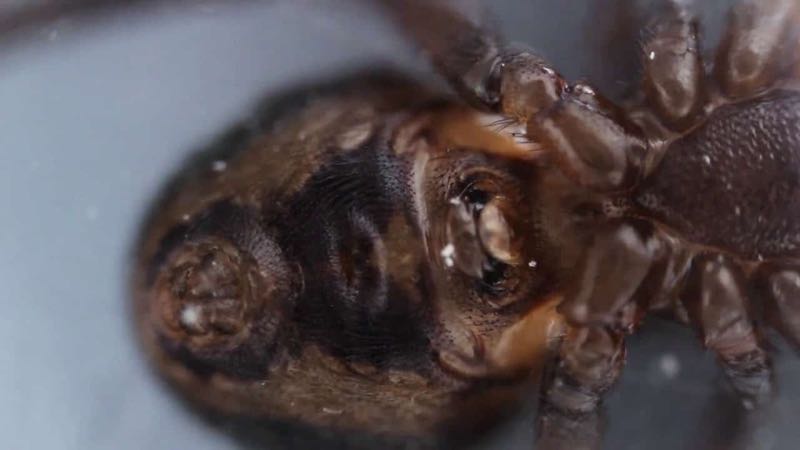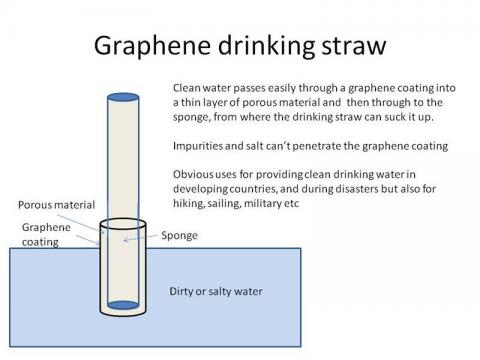Spiders Sprayed Graphene And Carbon Nanotubes Produced The Strongest Fiber In The World
We know the legendary strength of the fibers of cobwebs. At the University of Trento, Italy, researchers have sought to improve, and have done so with the help of arachnids themselves, incorporating graphene and carbon nanotubes in woven silk by small animals.
Emiliano Lepore and colleagues first collected Pholcidae spiders – they look like a daddy but are not – in the Italian countryside. Fifteen specimens were stored in laboratories under controlled conditions, and the holders thereof silk productions collected to serve as a control.
 Graphene Fiber
Graphene Fiber
Fifteen Spiders Sprayed Graphene And Carbon Nanotube Molecules Incorporate Into Their Yarn
Then fifteen spiders were sprayed with water containing flakes of graphene or carbon nanotubes. Over the following productions have been collected and analyzed “: we get to record values, either for the modulus of elasticity (47.8 gigapascals), the fracture strength (5.4 GPa) or module resilience (2.1 GPa). The latter is the highest known value for fiber, exceeding that of Kevlar 49, one of the most resilient synthetic fibers, Graphene fiber.
Researchers do not know how the water spray added graphene and carbon nanotubes allowed spiders to absorb these substances and incorporate them during the weaving process. Spectroscopic analysis of the fibers has established that there were actually present but it does not explain how the thing was done. They assume that this is not just an outer covering of fibers, since it would not achieve the strength values obtained, This requires that the substances are at the heart of the spider. The researchers speculate that spiders have ingested “enhanced” water and carbon that these substances were found in their yarn.
 Graphene Fiber
Graphene Fiber
The Strongest Fiber In The World, Fiber From An Interaction Between An Animal And A Carbon Spray
According to The Science Times, the use of carbon nanotube mixtures produced the best results, with yarn 3.5 times stronger than the yarn of Caerostris darwini known for the extraordinary strength of its web. All this opens the door to the idea that in addition transhumanism – “improving” human mechanics – one could move towards a modification of species for use in scientific or mechanical purposes.

